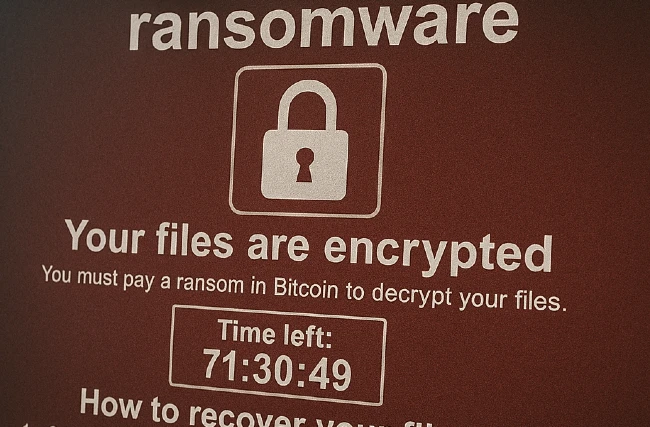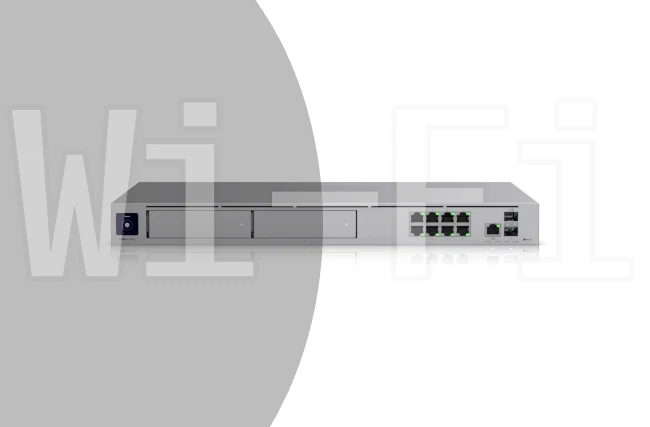Ransomware is a top global cyber threat. Whether you’re a solo entrepreneur, small business, or large enterprise, your data and operations are at serious risk.
But the good news is that with a proactive strategy, you can significantly reduce your exposure. Here’s what you need to know to defend yourself and your company effectively.
What Is Ransomware?
Ransomware is a form of malware that encrypts a victim’s files or locks them out of their systems. With attackers demanding payment often in cryptocurrency, in exchange for a decryption key or system access. However, paying the ransom is not a solution.
Why Paying the Ransom Doesn’t Work
Cybercriminals may promise to restore your systems or delete stolen data, but:
- There’s no guarantee they’ll honor that promise.
- Paying encourages future attacks, against you or others.
- In many cases, attackers leave backdoors behind, allowing them to strike again.
Law enforcement and cybersecurity experts universally recommend not paying the ransom unless all other options are exhausted, even then, only with legal and technical guidance.
How to Protect Yourself and Your Business
1. Train and Educate Your Employees
Human error is the #1 gateway for ransomware.
- Train employees to recognise phishing emails and suspicious attachments.
- Use simulated phishing exercises to test awareness.
- Promote a “report, don’t ignore” culture.
2. Be Cautious with Online Personal Information
Attackers often gather intel from social media and professional sites like LinkedIn.
- Avoid oversharing company roles, technologies used, or internal org charts.
- Discourage employees from publicly listing exact job functions or access privileges.
- Use privacy settings and limit who can see your connections and personal details.
Why this matters: Attackers use this data for targeted phishing (spear phishing) that impersonates executives or IT staff.
3. Keep Software Updated
Outdated software is an open door for ransomware.
- Patch all devices, desktops, servers, mobile, and IoT.
- Enable auto-updates where possible.
- Include security tools like antivirus and firewalls in your patching policy.
4. Back Up Regularly and Securely
Your backups are your safety net.
- Back up critical data frequently and store it offline or in a separate network.
- Encrypt backups and restrict access.
- Regularly test your ability to restore from backups.
5. Use Strong Access Controls
Not everyone needs access to everything.
- Apply the principle of least privilege.
- Require multi-factor authentication (MFA), especially for admin or remote access.
- Audit and clean up old accounts regularly.
6. Segment Your Network
Isolate critical systems to contain an outbreak.
- Separate networks for different departments or functions.
- Disable unnecessary services and ports.
- Use internal firewalls to control lateral movement.
7. Deploy Advanced Security Tools
Modern threats require modern tools.
- Use endpoint detection and response (EDR) tools that detect ransomware behaviors.
- Implement email security filters to block malicious links and attachments.
- Continuously monitor system activity for early signs of an attack.
8. Have an Incident Response Plan Ready
If you’re not planning for an incident, you’re planning to fail.
- Document and regularly update your ransomware response plan.
- Assign roles: IT, legal, PR, HR, leadership.
- Run practice drills to test your plan and improve response time.
If You’re Attacked, Act Quickly
- Isolate infected devices from the network.
- Preserve evidence—don’t wipe systems prematurely.
- Contact authorities—report the incident to law enforcement or your national cyber response center.
- Engage experts—cybersecurity professionals can help identify, contain, and recover.
- Do not pay unless every other recovery avenue has been exhausted, and only after consulting with legal and security experts.
Final Thoughts
Ransomware isn’t just a technical issue, it’s a business risk, a reputational threat, and a human vulnerability. By adopting smart cybersecurity habits, limiting your online exposure, and preparing for the worst, you can protect your company and your people.
Remember: Prevention is far less costly than recovery.




